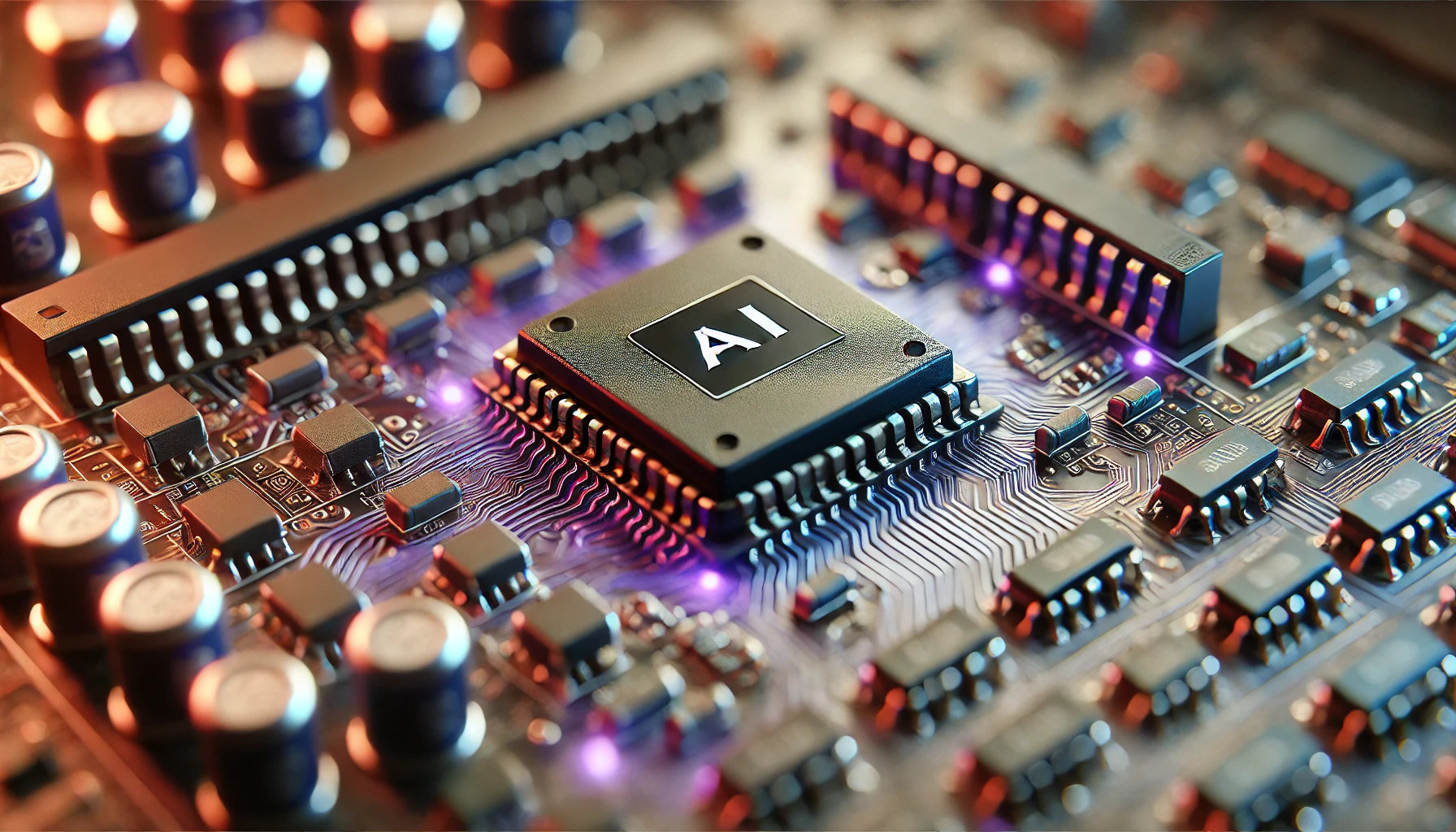Guide To Distributed Machine Learning
How can complex models with millions of parameters be trained on terabytes of datasets? Training large-size models with traditional methods may seem impossible. But using distributed machine learning can help overcome these issues and limitations.
This article guides data scientists wanting to learn more about distributed machine learning, its challenges, and its impact on your MLOps.
Distributed Machine Learning: What Is It?
Machine learning deals with data—a lot of it. When faced with heaps of data and information, ML teams often find it hard to prepare and collect everything needed to get their project started. At this point, they will need distributed machine learning.
Distributed machine learning is the application of machine learning methods to large-scale problems where data is distributed across multiple sources. This type of machine learning trains models on a cluster rather than a single machine.
What Problem Does Distributed Machine Learning Solve?
There are machine learning projects where you may need to handle large-scale data. However, limitations in ML algorithms in terms of scalability and efficiency hinder models from pushing through deployment. For instance, an algorithm’s computational complexity might exceed memory capacity, limiting the model’s scalability.
Distributed machine learning solves this problem by allocating learning processes to several workstations. These multiple mini-processors, or worker nodes, work parallel to speed up model training.
A distributed type of training applies to traditional ML models with very high levels of data concentration. However, the nature of its methods and organization is better suited to time-intensive tasks in deep learning projects.
Practical examples of distributed machine learning include healthcare applications or customized advertising. Data is enormous, so programmers use parallel loading to re-train models and avoid interrupting workflow.
Types of Distributed Machine Learning
There are two types of distributed machine learning: data parallelism and model parallelism. Here’s a quick rundown of their differences and applications:
Data Parallelism
Data is divided into sections where the number of units equals the total number of available worker nodes. Each worker node contains a copy of the model and operates on a given subset of data.
Each node computes errors between its predictions. As the nodes add, they also update the model based on errors found and communicate all changes to each other. This intra-nodal communication results in synchronized model parameters or gradients and a consistent model at the end of the batch computation.
Model Parallelism
Also known as network parallelism, this method segments the model into different parts. Unlike data parallelism, worker nodes only need to synchronize shared parameters once for each forward or backward-propagation step. Although it has fewer steps, it is significantly more complex to implement than data parallelism.
How To Implement Distributed Training
There are different ways to conduct distributed training in your ML models. Machine learning teams typically break down the process of training a distributed model into two parts:
- Parallelizing computation: Breaking up the model into smaller pieces that can be computed at the same time.
- Collecting and distributing data: Data is shared across different machines for use.
Teams and practitioners also implement distributed training using the following approaches:
- Distributed datasets and training sets: This method uses online ML tools to train your model on a dataset that’s too big for one computer.
- Distributed containers: In this approach, teams run their algorithms and data processing in separate processes and spread them across multiple computers.
- Distributed applications: Another alternative is to build applications using tools and take advantage of multiple cores in a single machine or multiple machines in a cluster.
Challenges of Distributed Machine Learning
Distributed machine learning is highly beneficial in ML or DL projects that handle large-scale data. However, it suffers from three significant issues in implementation:
1. Scalability: The computational power available to each worker node can limit the amount of processed data.
Tip: Try parallelizing tasks across multiple machines or distributing the data into smaller chunks so each worker node can handle it independently.
2. Convergence: Different worker nodes might have different interpretations of the same model parameters and may need to converge to a standard solution.
Tip: Enforce a consensus among team members before they start training their models.
3. Fault tolerance: Worker nodes may fail during training due to hardware problems or network issues.
Tip: Periodic checkpoints (saving intermediate results) allow you to continue even if one worker crashes.
More data teams rely on distributed training to get better results in machine learning. A critical step to successfully implementing this method is to have a reliable MLOps platform. Choose platforms with specialized integrations like Comet’s Python SDK that support significant aspects of distributed training.
Learn how Comet’s features can help streamline your machine-learning process today.


